

(1) On the importance of studying TTTG in 3-D to personalize treatment www.sciencedirect.com/science/arti...
(2) Dr. Fulkerson sharing his updated perspective on surgical planning for TTOs journals.sagepub.com/doi/10.1177/...

(1) On the importance of studying TTTG in 3-D to personalize treatment www.sciencedirect.com/science/arti...
(2) Dr. Fulkerson sharing his updated perspective on surgical planning for TTOs journals.sagepub.com/doi/10.1177/...
journals.sagepub.com/doi/10.1177/...

journals.sagepub.com/doi/10.1177/...

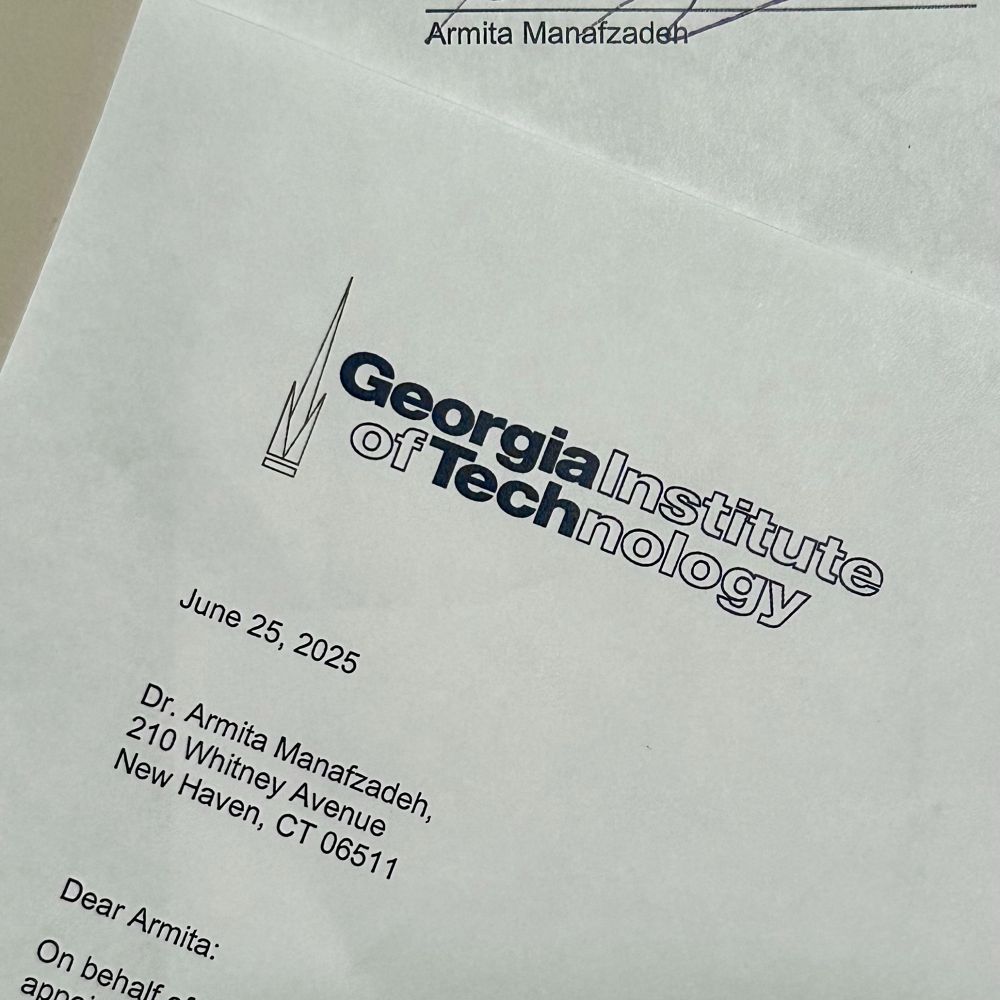
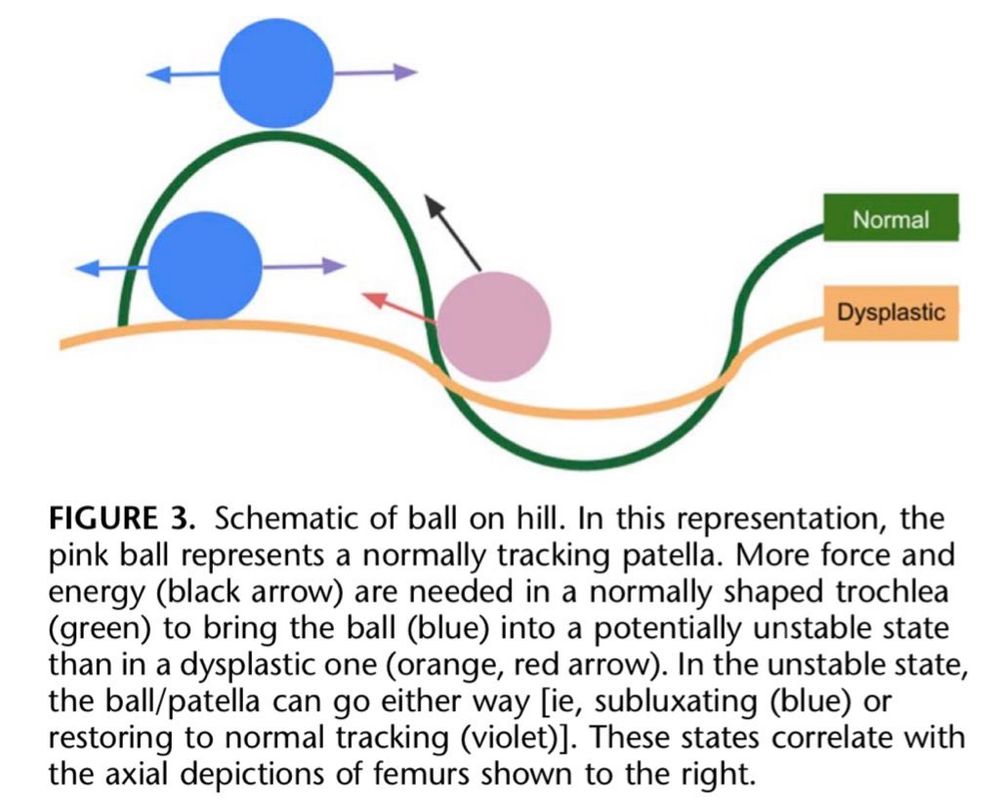
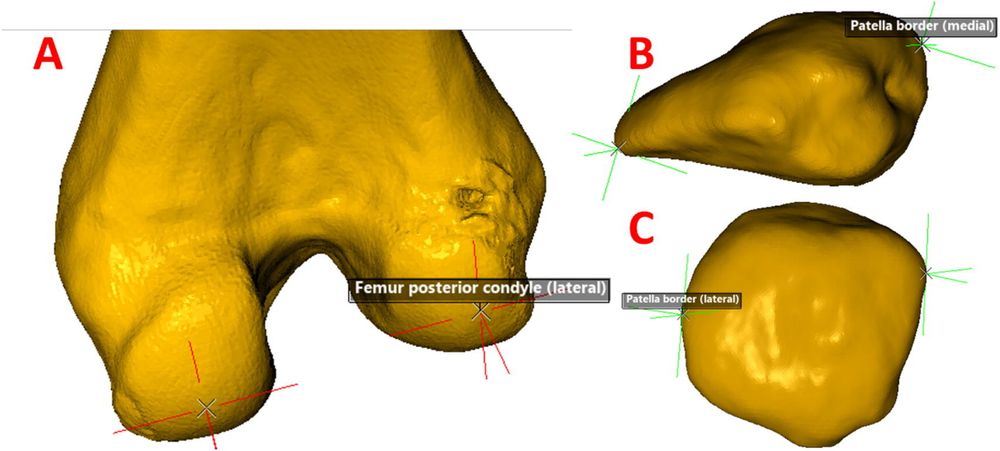
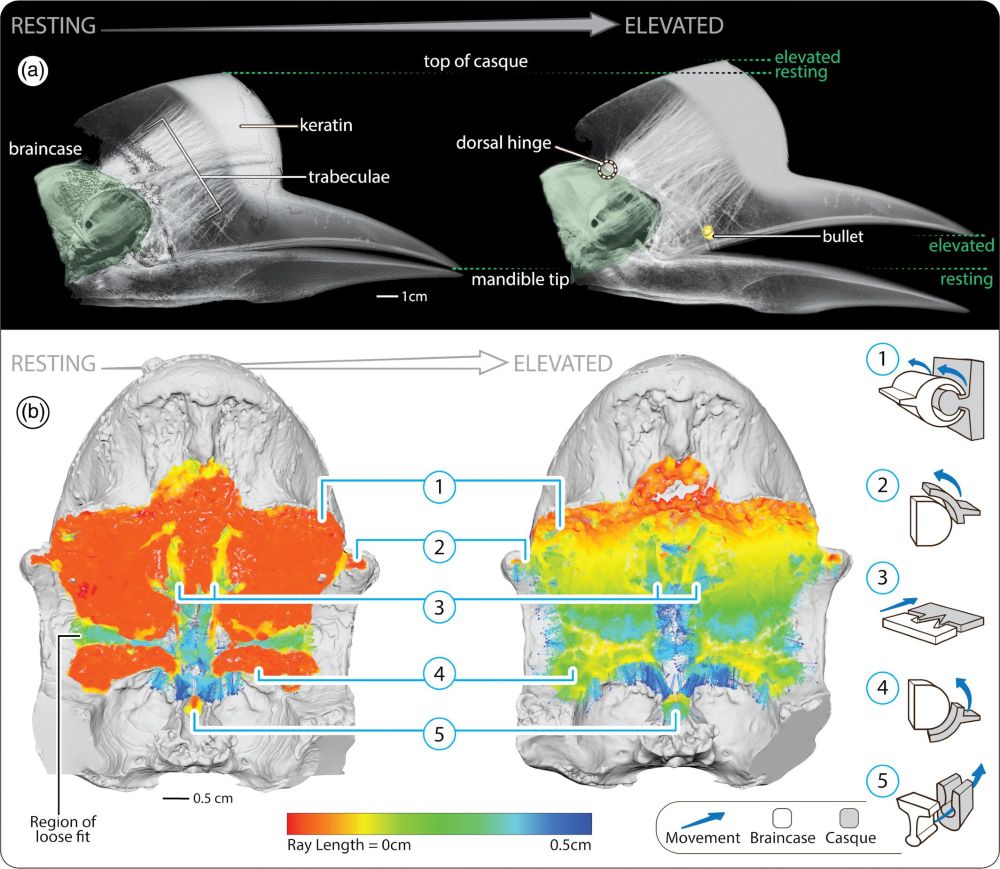
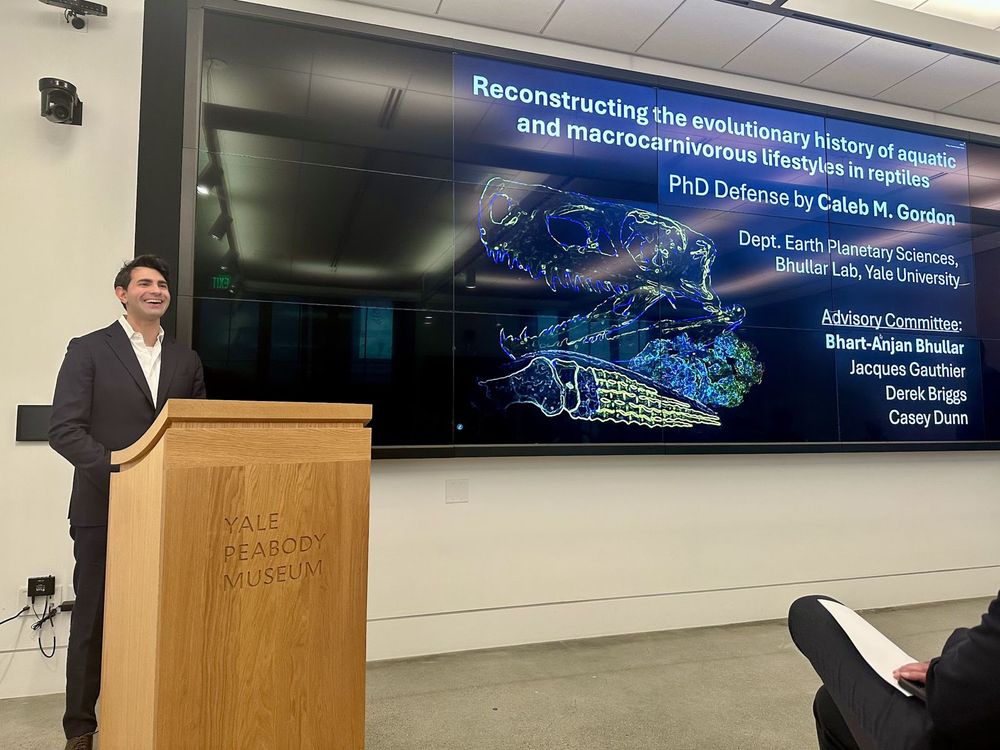
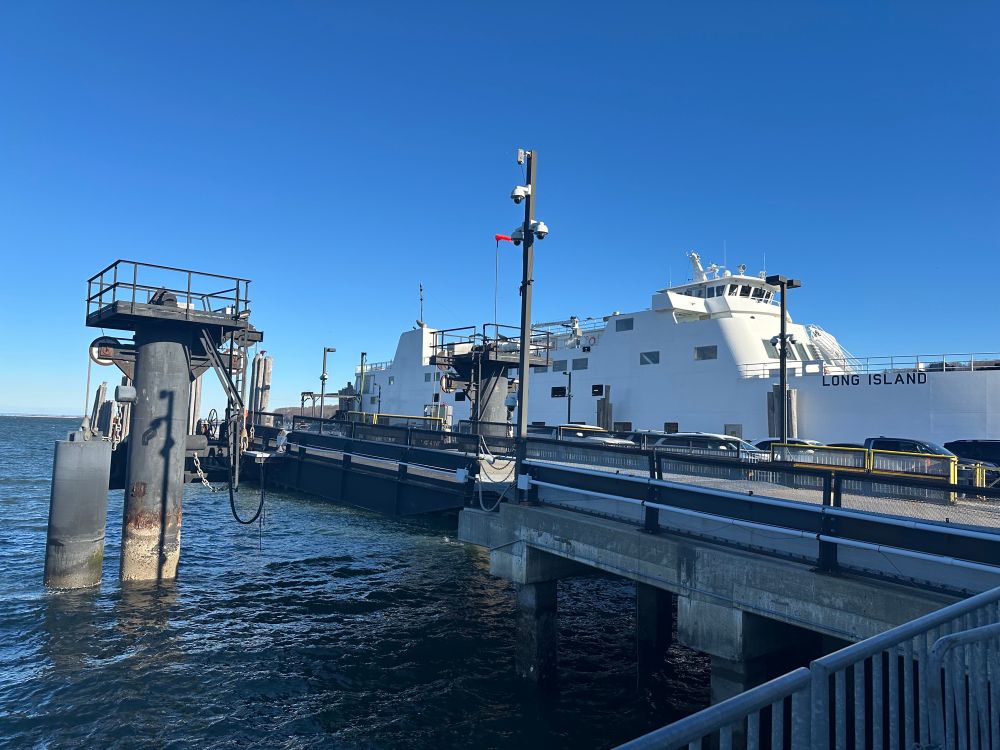
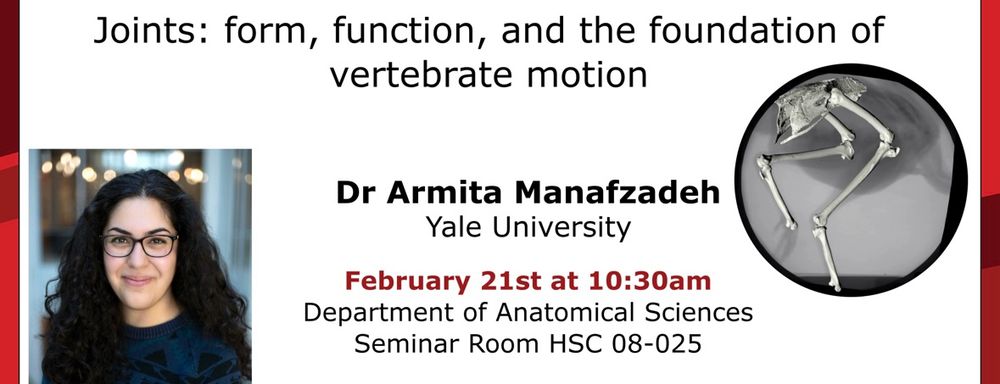
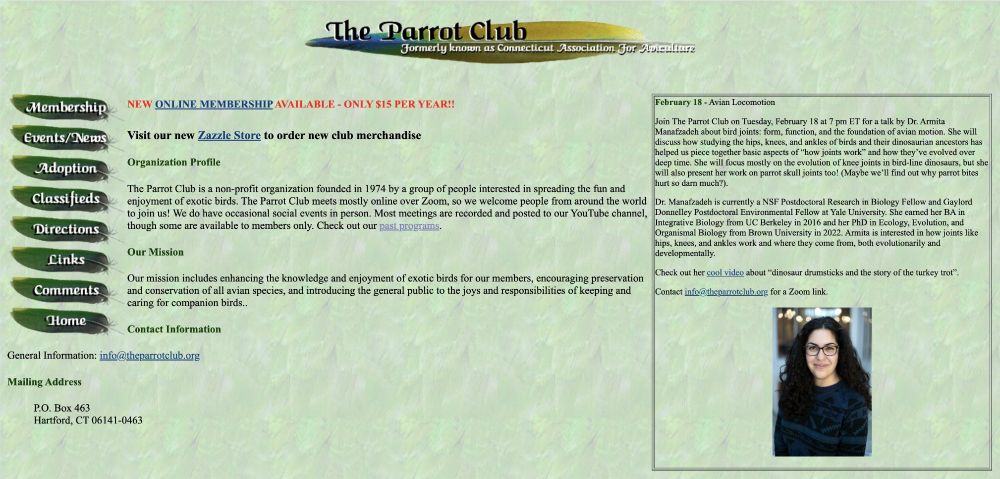

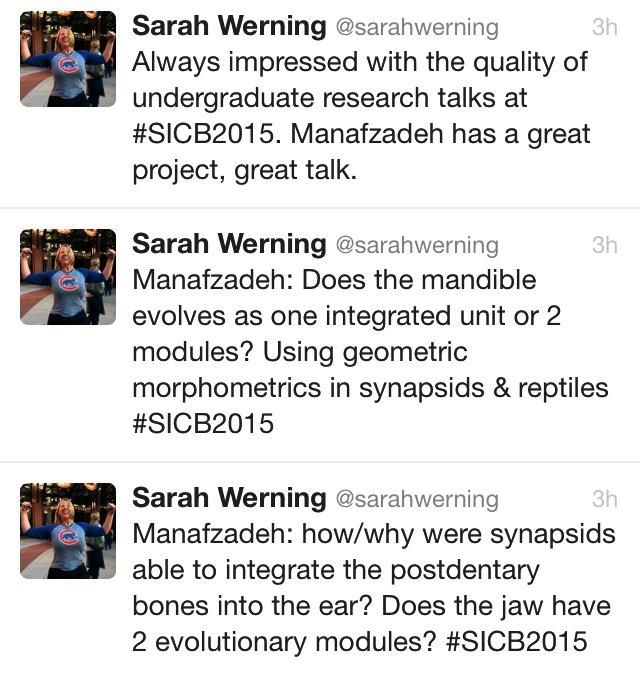
شب یلدا مبارک
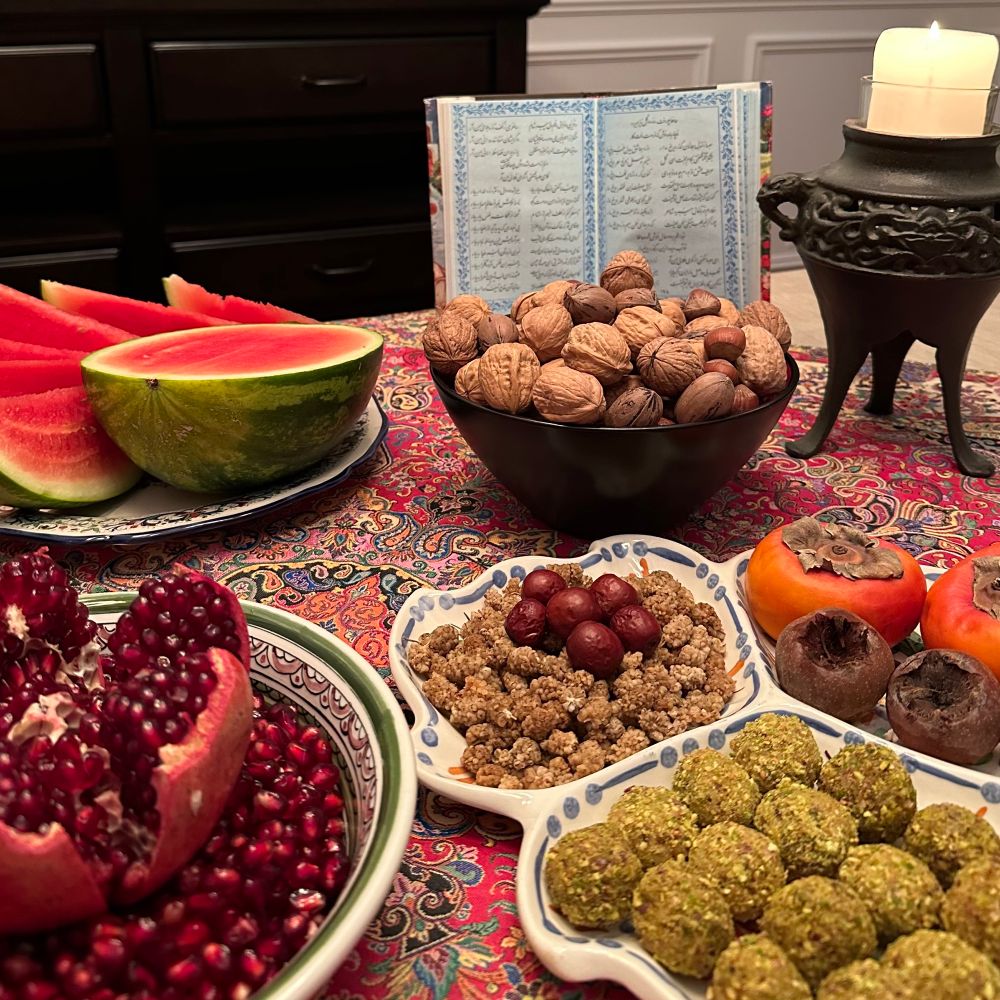
شب یلدا مبارک









